Nearly five centuries after the arrival of Hernán Cortés on its shores, Mexico is being rediscovered again. After years in which drugs and thugs led the Mexico headlines in Western media, no less than the Economist, Foreign Affairs, and the Financial Times now highlight the country’s rapid federal reforms, booming middle class, and strong current and projected economic growth. Mexico City, which was largely spared from the recent wave of violence, is booming with new residential and commercial construction, including what will be the tallest building in Latin America. And upon visiting Monterrey, Mexico’s third largest region, New York Times columnist Tom Friedman described “How Mexico Got Back in the Game.”
But the “new” Mexico—site of this year’s Global Cities Initiative international forum—is exemplified best by neither Mexico City nor Monterrey. To see it, we drove two and a half hours northwest of the capital to the city and state of Querétaro. For decades, the 2 million-person state was perhaps best known as the site where Mexico’s current Constitution was ratified in 1917. Now, Querétaro is ground zero for the country’s economic revolution, achieving average annual GDP growth of 5.5 percent over the last decade, highest among Mexico’s 31 states. It is home to major multinational corporations like GE and Samsung, a burgeoning middle class, new golf courses, and what will soon be Latin America’s second-largest shopping mall, all within a stone’s throw of an immaculately preserved colonial center (a UNESCO World Heritage site).
What accounts for Querétaro’s economic energy? Both state leaders and local residents credit the 2005 arrival of Bombardier, the Canadian aerospace and transportation manufacturer, as the catalytic investment that put Querétaro on the global map. The firm was attracted to the region’s well-educated population and the promise from federal and state governments to locate a new aerospace university, UNAQ (Universidad Aeronáutica en Querétaro), to supply the budding cluster with skilled workers. Of the 1,800 workers at Bombardier, nearly two-thirds were trained at UNAQ, and the firm works closely with the university to tailor the curriculum for all rungs of the aerospace career ladder—from production workers to engineers.
Beyond its local assets, Querétaro lies at key intersection of North American advanced manufacturing. It sits at the convergence of Mexico’s road, rail, and telecommunications network, right along the “NAFTA Highway” that allows parts to be shipped to Wichita and Toronto for assembly much more quickly than from China. Bombardier’s plant abuts the brand new Querétaro International Airport, whose runways the state hopes will test the first entirely Mexican-made aircraft within a decade. And with Querétaro producing fuselages, wings, and electrical harnesses; Wichita offering design and assembly; and Montreal providing research and development, Bombardier’s supply chain for the Learjet 85 benefits from the distinct specializations of three metropolitan economies all within two time zones and one free trade area.
Queretaro’s story exemplifies the increasingly important role Mexican metropolitan areas play in advanced industry supply chains—such as aerospace, automotive, and appliances—that unite North America as one de facto economic market that not only trades goods, but co-produces them for the rest of the world. Nearly 20 years after NAFTA’s passage, 40 percent of what the United States imports from Mexico is actually American-made content. With global economic winds like the shale gas revolution, eroding cost advantages for Chinese labor, and the “just-in-time” production imperative at North America’s back, the continent has clear incentives to integrate further to compete with Asia, Europe and the rest of Latin America.
Yet the administration of newly elected Mexican President Enrique Peña Nieto recognizes that the country can no longer simply integrate into global value chains. Its economic strategy seeks to move Mexican firms up those value chains by boosting productivity, innovative capacity, and entrepreneurial dynamism in key sectors. To do so, it must build from the sort of strengths evident in regions like Querétaro, which are building expertise and infrastructure to accommodate higher-value activities like research, design, and finance.
Mexico’s rise could usher in an even more prosperous next 20 years for North America, but not without stronger cooperation between the three nations. With the Obama administration still focused on the Middle East and the “pivot to Asia,” regional and state leaders in the United States have a unique opportunity to change the conversation. U.S. cities and states should get to know Querétaro, as its progress pinpoints the challenges and opportunities of the maturing economy to our south, and holds some lessons for its northern neighbors, too. And they might learn, as we did, why signs greeting visitors say, Suertudo, vives en Querétaro (Lucky you live in Querétaro).
The Brookings Institution is committed to quality, independence, and impact.
We are supported by a diverse array of funders. In line with our values and policies, each Brookings publication represents the sole views of its author(s).

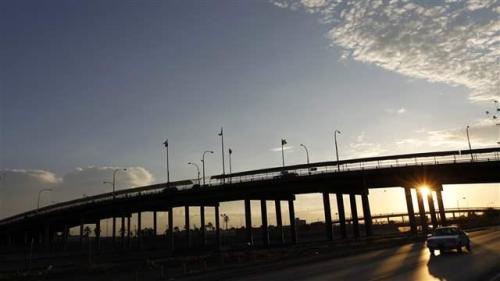
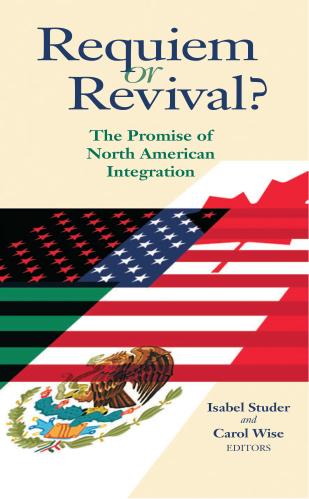
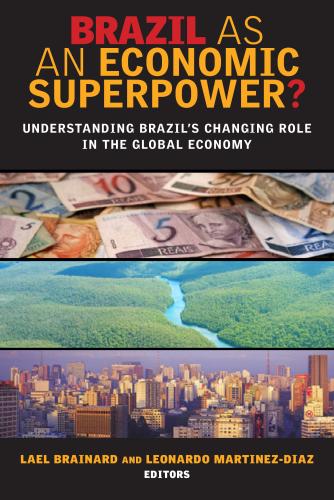
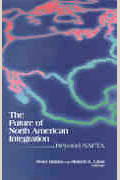


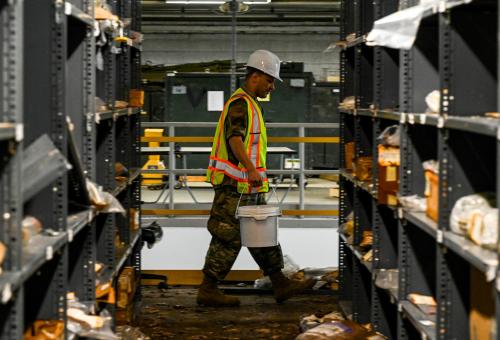
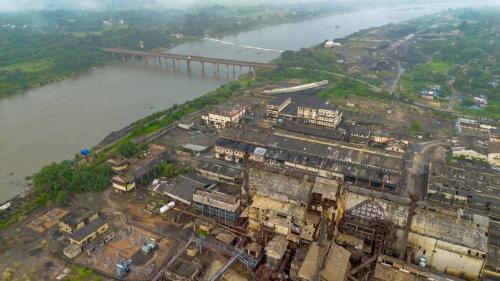
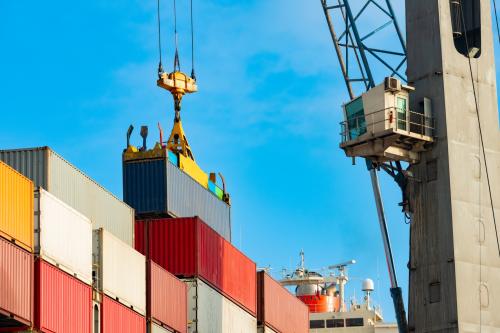
Commentary
Finding the ‘New’ Mexico in Querétaro
March 15, 2013